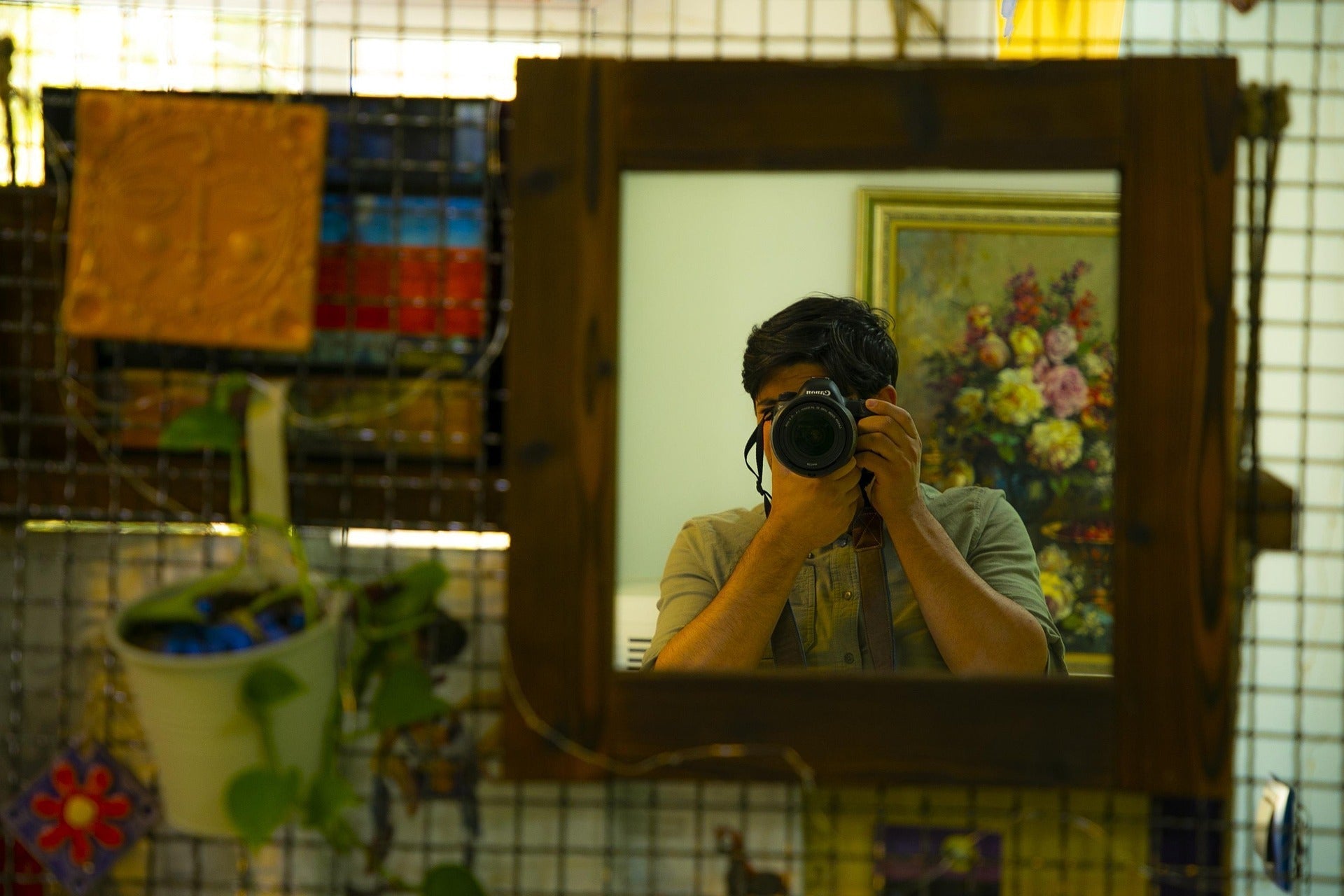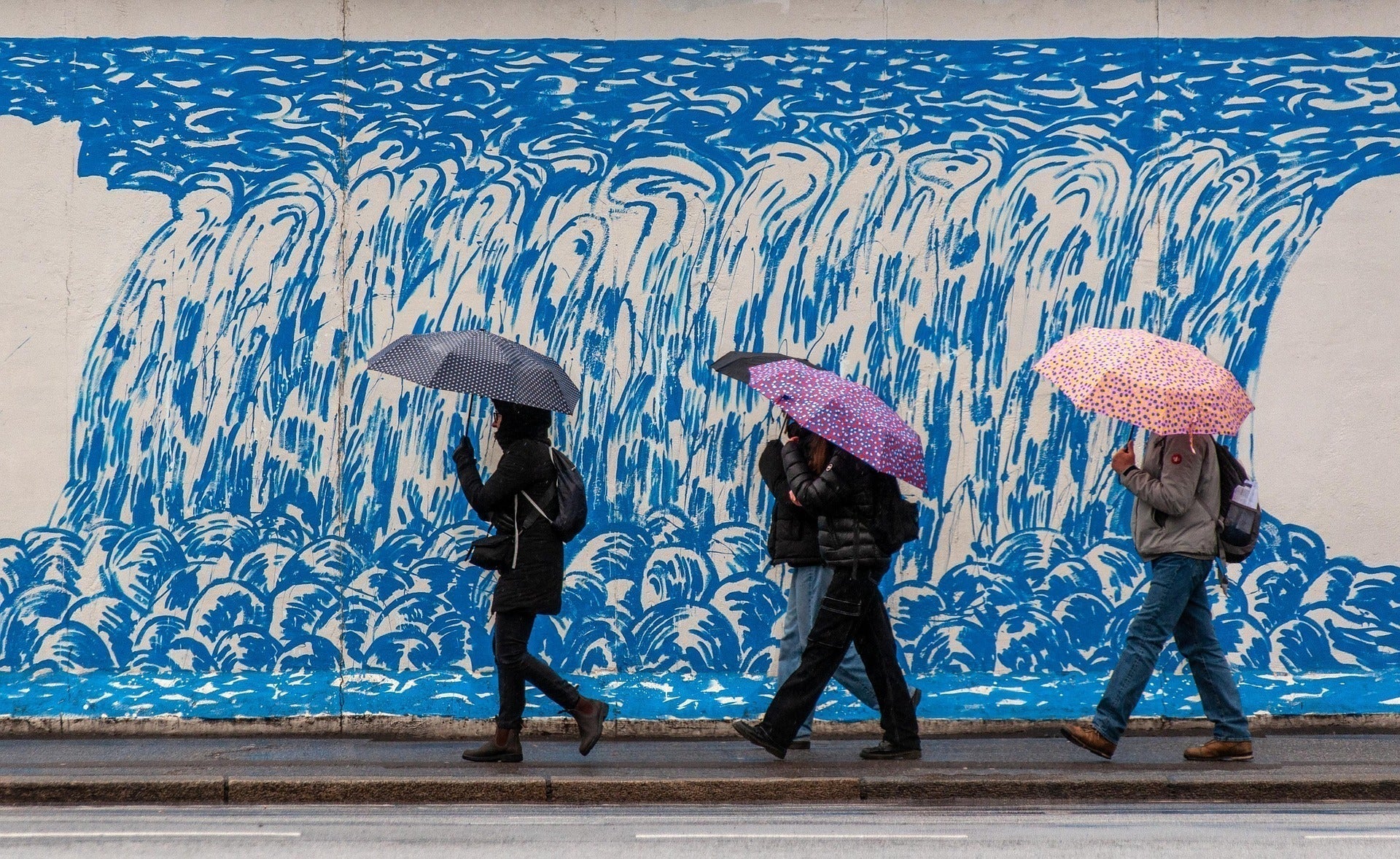
Drone photography: capturing landscapes from the air
We are all familiar with the impressive images and video footage from a bird's eye view that enchant us, especially in nature documentaries. To be able to take such wonderful aerial shots, you don't need much more than a photo drone, a little experience and skill. In recent years, photo drones have become increasingly affordable and better, and the genre of drone photography is now also growing. Whether cityscapes or untouched nature, the change in perspective creates completely new possibilities for depicting the world around us in pictures.
The boom in drone photography
Drones have not been available to amateur photographers for very long. It wasn't until 2013 that the first really usable drones for photography came onto the market, but initially they didn't have their own camera and had to be equipped with the compact GoPro. From then on, the photo drones got better and better and were equipped with their own camera and preview options in the following years, which allowed you to follow the drone's shots from the ground and steer them in a much more targeted manner. The control capabilities of drones and the quality of their cameras continue to improve and new models are launched every year.
When choosing your equipment, pay attention to details such as weight, size and ease of transportation - high-quality bags with a clever layout can be particularly helpful for spontaneous missions away from paved paths.
It's no wonder that drones are rapidly gaining in popularity and have experienced a real boom in recent years. After all, they provide us with a unique way of getting a glimpse of remote and inaccessible areas and gaining a new perspective on familiar places that we will never see ourselves. Especially in terrain that is difficult to access, such as on rock faces, in gorges or over bodies of water, they offer unimagined photographic opportunities. By changing the flight altitude, the camera angle and the direction of flight, new and surprising shots can always be created.

The fascination of a bird's eye view
Like no other type of photography, drone photography allows us to photograph landscapes from a bird's eye perspective. This allows us to convey a perception of reality that is fundamentally different from our own. Another advantage of photographing with drones is that they offer a high degree of flexibility. They are very maneuverable and fast and can also cover ever greater distances nowadays.
Due to its novelty, drone photography offers many opportunities for innovation and creativity and is also quite easy to implement. With a little prior knowledge of how to operate drones correctly and the right equipment, photography with drones can be easily achieved. A sturdy shoulder or backpack solution with a customizable internal structure helps to keep the camera and remote control handy and protected - especially if the shooting location is difficult to reach.
Drone photography equipment
The heart of the equipment for bird's-eye view photography is, of course, the drone itself. There is a huge range on offer and it can be difficult for beginners to choose the right model. In addition to your own budget, the image quality or resolution of the drone images is particularly important. HD is now standard here, while higher-priced drones work with even better UHD resolution. Whereas in the past you needed a lot of dexterity not only to control the drone, but also to keep it motionless in the air, modern drones fly completely stable on their own. They remain still in the air as soon as you let go of the control stick, making them suitable for beginners too. In addition to a high-resolution camera, good flight behavior and stability, the length of the flight time and ease of operation also play a role in choosing the right drone. Many modern drones are produced by the manufacturer directly with goggles. These allow the photographer, who must remain on the ground, to see the world as if through the lens of the drone and thus control it more effectively. In most cases, the drone is controlled using a small control stick, but some models can also be controlled using simple head movements.

Tips for drone photography
As with so many things, good planning is often crucial for success in drone photography. You should think about which landscapes you want to photograph and which particular highlights you don't want to miss. From the outset, you should keep compositional issues such as leading lines in mind. It is then important to find out about the local weather conditions on the day of the shoot and to research where there may be flight restrictions. For spontaneous ideas and unexpected lighting moods, it is helpful to have your equipment quickly to hand. Well thought-out organizational solutions, for example with padded compartments and weatherproof material, are worth their weight in gold here.
Before you start shooting, you should definitely plan what light you will need. As with other photo genres, it is advisable to take photos in the early morning or late evening, as the light around sunrise and sunset is particularly soft and flattering.
Proper preparation also includes checking that all batteries are full before the flight and that the drone is undamaged and fully operational. You should then make all the settings for the recording and check that there is still enough space on the memory cards. During the flight itself, you should keep safety in mind and not fly too close to people or buildings. Local laws and regulations also play an important role here.
Despite all the preparation, it is of course important to remain creative and respond spontaneously to special opportunities. Composition and line management play an important role in drone images, and the rule of thirds or the golden ratio should also be observed. You can often get a lot more out of the images in post-production.
Laws, regulations and insurance
You should find out exactly what the legal framework and restrictions are for flying drones and the associated aerial photography before your first flight. This is governed by the EU Drone Regulation, which regulates all laws and prohibitions relating to the flying of drones. Familiarize yourself with the relevant laws and adhere to them in all cases to avoid getting into trouble for your love of art.
In the event of an accident involving your own drone, you must take out liability insurance for the flying object in Germany. This applies regardless of whether it is to be used for private or commercial purposes and must be taken out before the drone takes off for the first time.

Conclusion
Drone photography is a fascinating art form that is becoming increasingly popular with the growing availability of photo drones of ever-improving quality. Like no other form of photography, it allows us to experience landscapes from a completely new and unfamiliar perspective. With the right equipment and a little practice, you too will soon be able to take breathtaking aerial photos.
Think about the right protection for your equipment on your next photo tour. The right companion will help you to concentrate fully on image composition and perspective.

